RMIT Historical Building
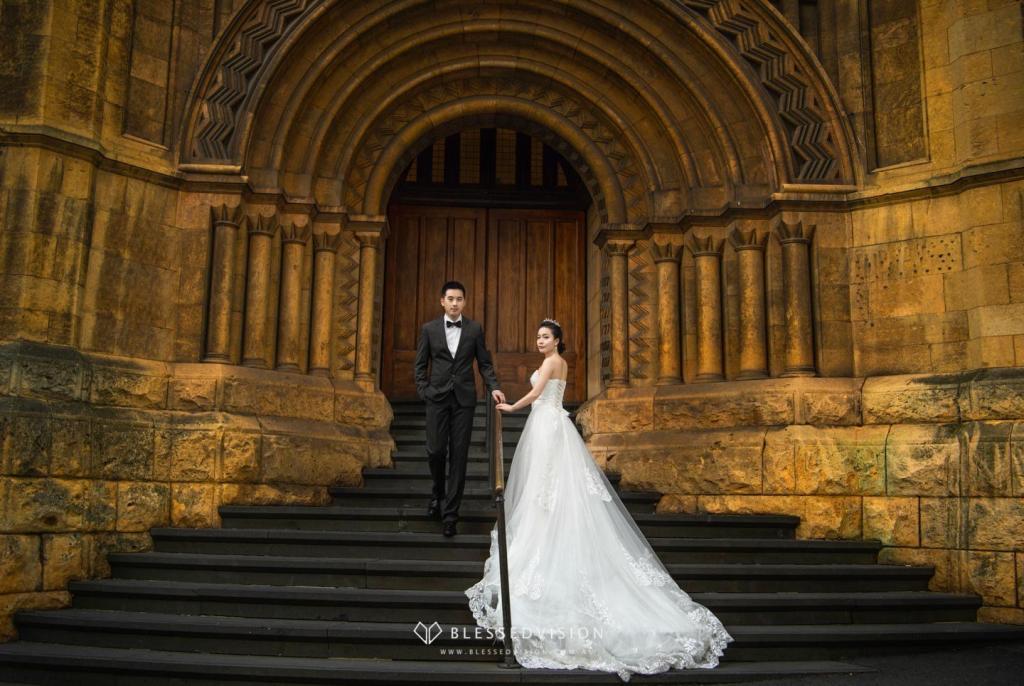
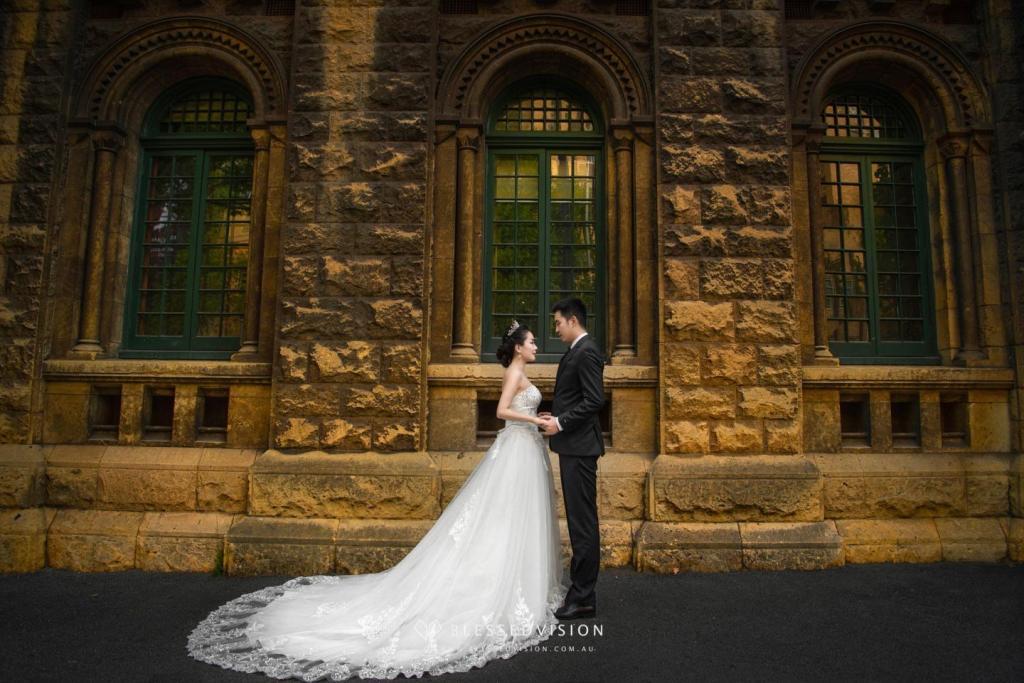
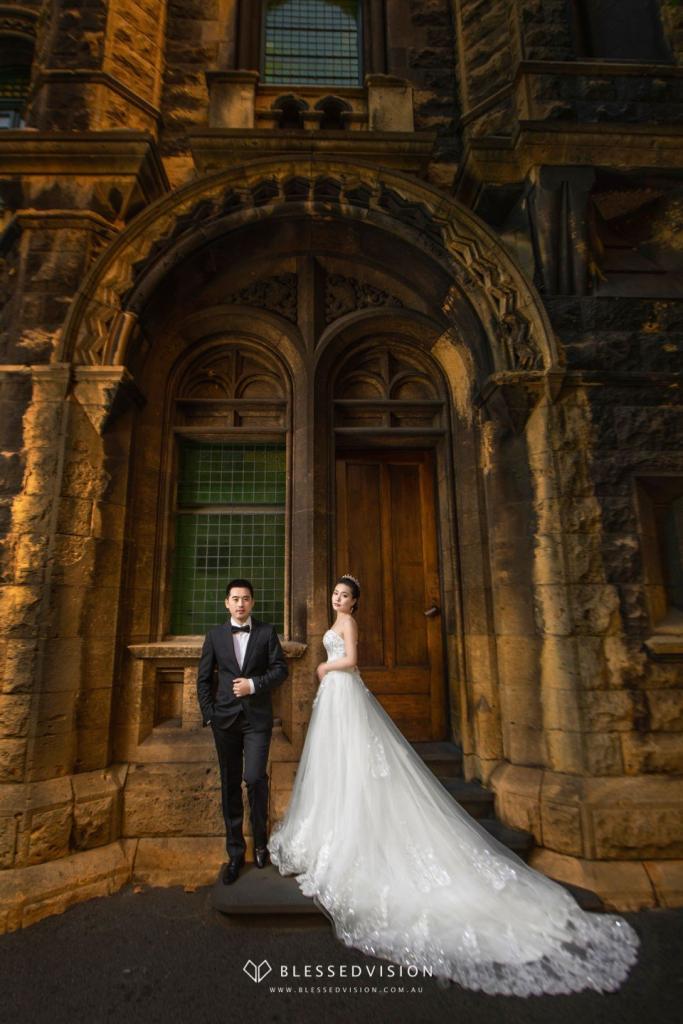

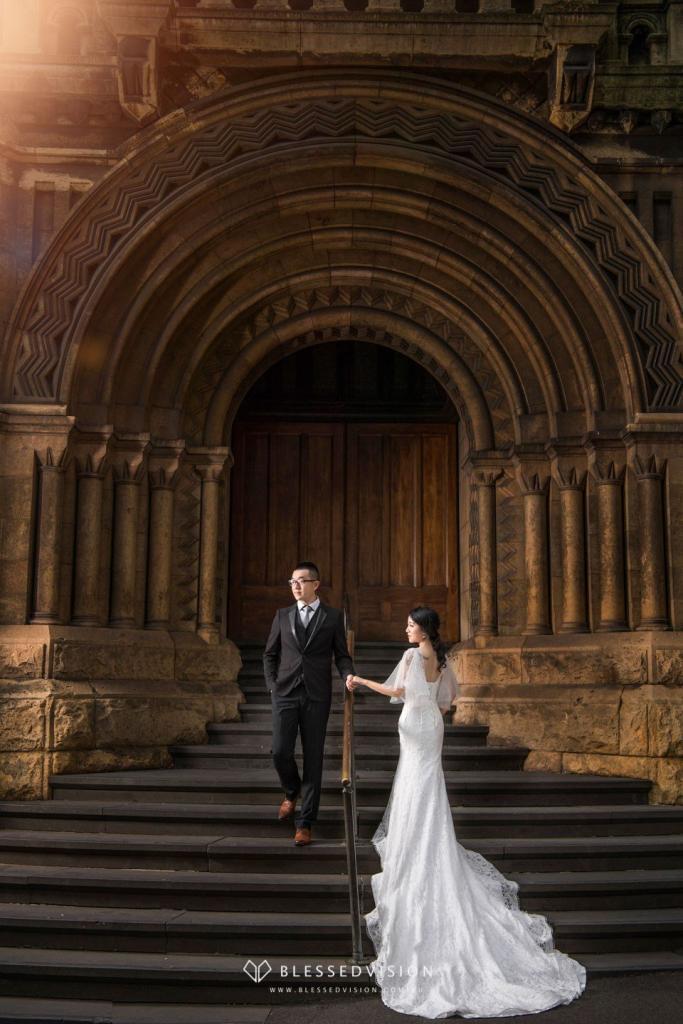
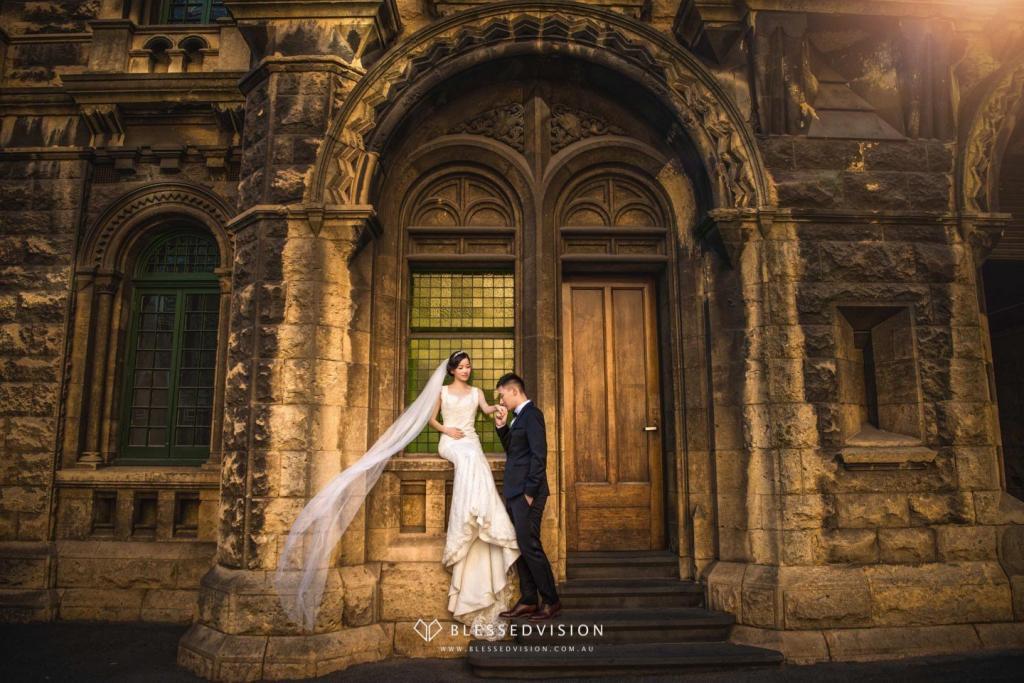

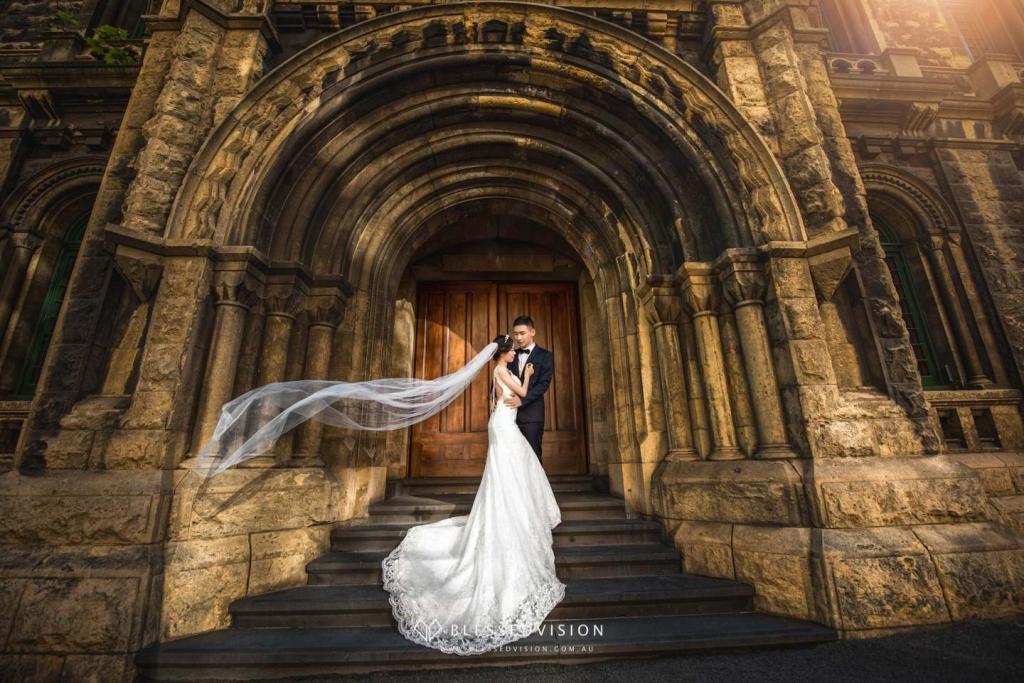
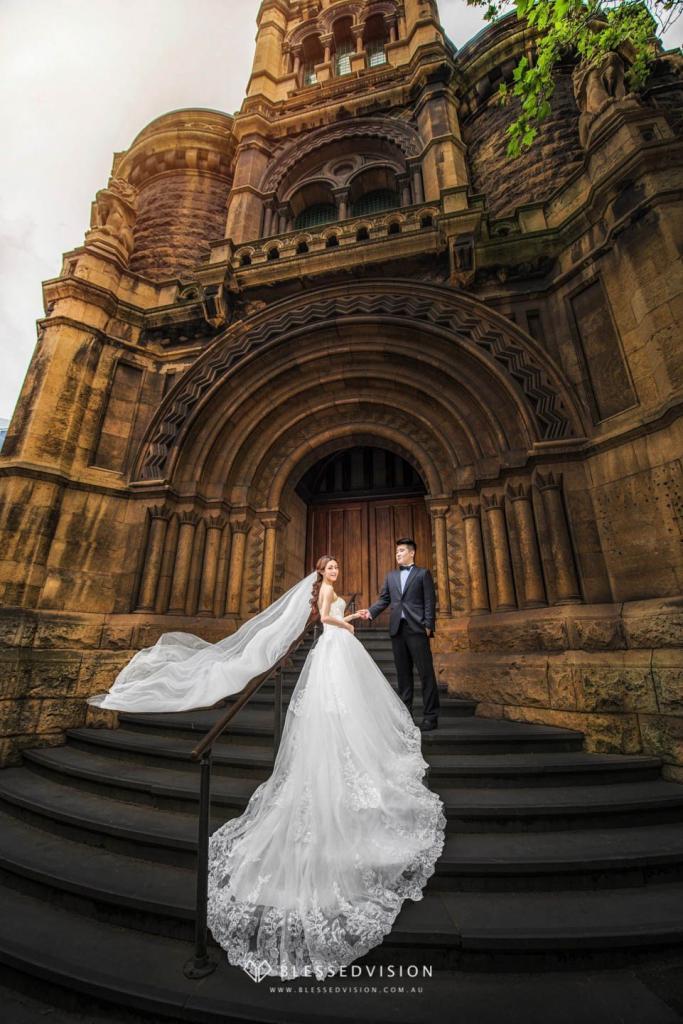
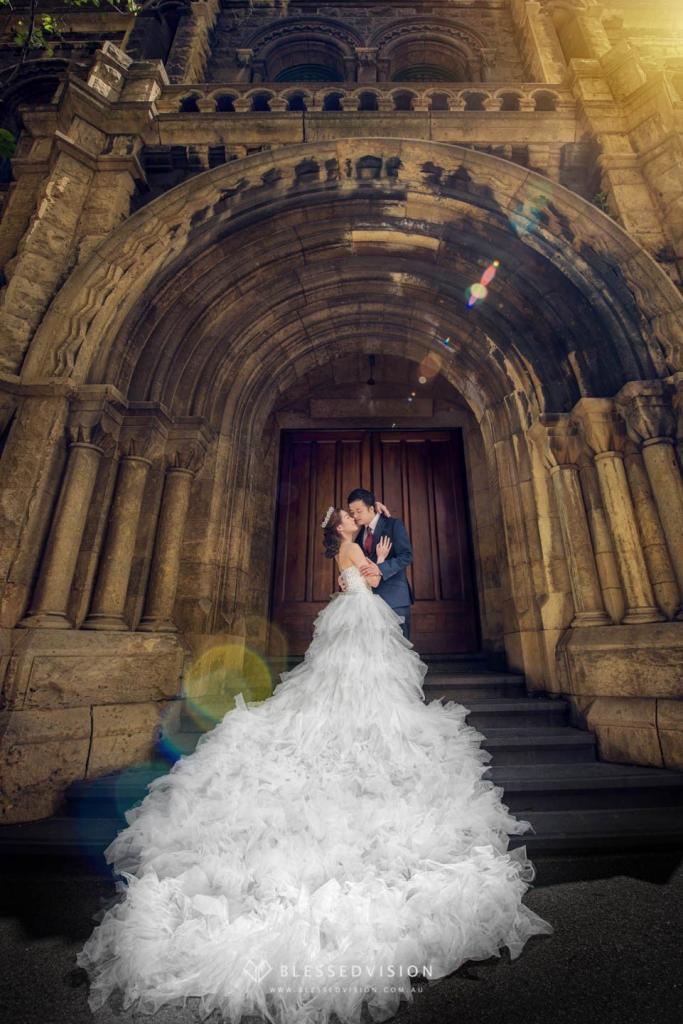
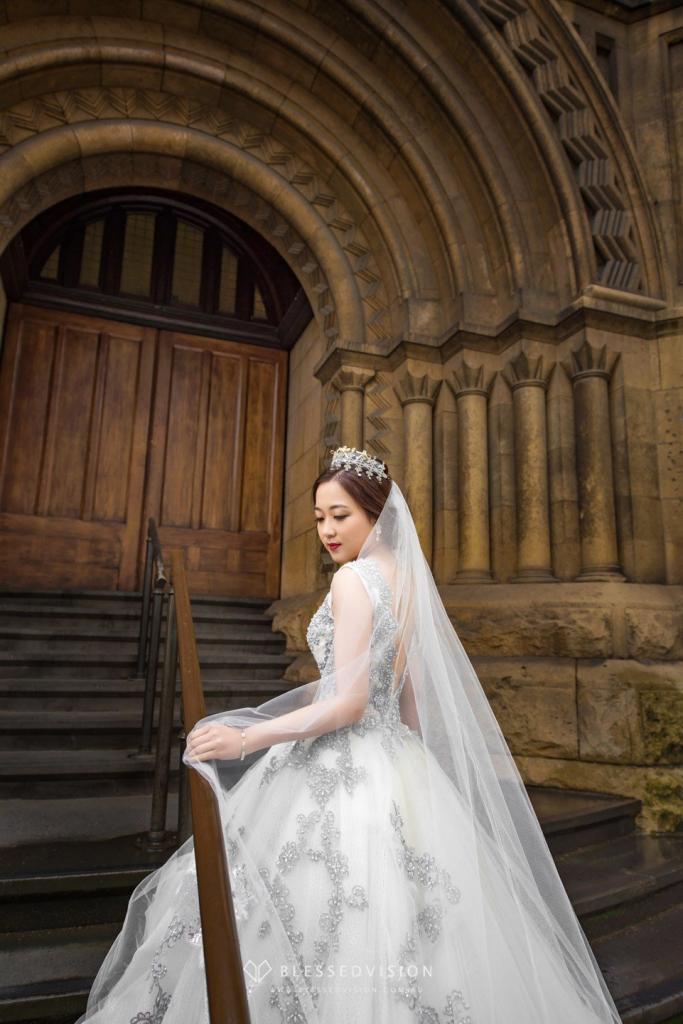
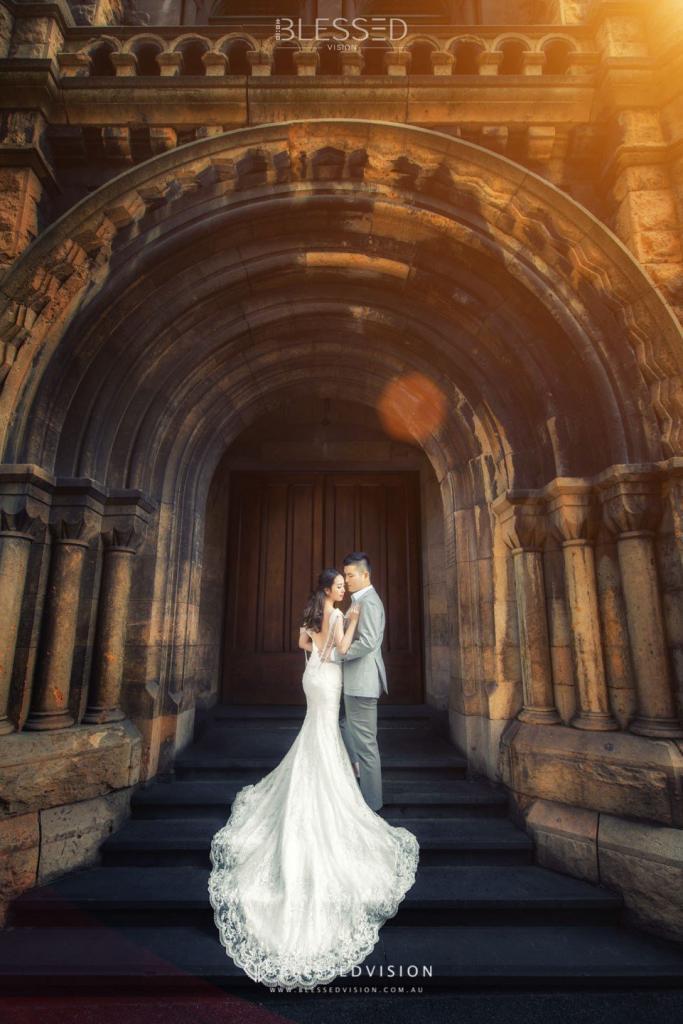
History of the building
“No finer record could be left by a Government than the emptying of gaols to provide accommodation for educational institutions,” said the Victorian Premier, Sir Alexander Peacock, in 1914. But it was not until March 1927 that Victoria’s oldest surviving penal establishment became part of the new Emily McPherson College. When the Emily Mac joined RMIT in 1979, the gaol’s entrance gates and other facilities were part of the package.
The Old Melbourne Gaol was erected in stages between 1841 and 1864 by the Public Works Department, and is one of the state’s most distinctive groups of bluestone buildings. Of the many criminals imprisoned, executed and buried in the gaol the most notable was Ned Kelly, who was hanged in 1880. (Kelly may have been buried elsewhere; the whereabouts of his remains are today unknown.)
The section of the gaol owned by RMIT includes the entrance block and chapel, both of which are notable for their restrained design. This section of the gaol dates back to the 1860s.
The complex is largely intact except for some sympathetic additions to the east wing of the entrance block, the first floor of the link between the chapel and entrance block, and interior renovation of the chapel.
Use of the complex as a gaol ceased in 1923. During World War 2 a rendered brick wall was constructed to separate the college from the cell block. The wall was demolished in the late 1990s.
The enclosed balcony was restored to its known 1927 design by RMIT in 1990, the inner courtyard landscaped in 1994 and the temporary war-time pavilion classrooms removed in 1995.
History of the building
“No finer record could be left by a Government than the emptying of gaols to provide accommodation for educational institutions,” said the Victorian Premier, Sir Alexander Peacock, in 1914. But it was not until March 1927 that Victoria’s oldest surviving penal establishment became part of the new Emily McPherson College. When the Emily Mac joined RMIT in 1979, the gaol’s entrance gates and other facilities were part of the package.
The Old Melbourne Gaol was erected in stages between 1841 and 1864 by the Public Works Department, and is one of the state’s most distinctive groups of bluestone buildings. Of the many criminals imprisoned, executed and buried in the gaol the most notable was Ned Kelly, who was hanged in 1880. (Kelly may have been buried elsewhere; the whereabouts of his remains are today unknown.)
The section of the gaol owned by RMIT includes the entrance block and chapel, both of which are notable for their restrained design. This section of the gaol dates back to the 1860s.
The complex is largely intact except for some sympathetic additions to the east wing of the entrance block, the first floor of the link between the chapel and entrance block, and interior renovation of the chapel.
Use of the complex as a gaol ceased in 1923. During World War 2 a rendered brick wall was constructed to separate the college from the cell block. The wall was demolished in the late 1990s.
The enclosed balcony was restored to its known 1927 design by RMIT in 1990, the inner courtyard landscaped in 1994 and the temporary war-time pavilion classrooms removed in 1995.[/vc_column_text][/vc_column][/vc_row]

